Glycerine Separation
We believe in providing top quality workmanship and are so confident in our level of service that we back.
We believe in providing top quality workmanship and are so confident in our level of service that we back.
Crude glycerine separation from biodiesel is a critical process in biodiesel production where the by-product, glycerine, is isolated from the biodiesel after the transesterification reaction. This process ensures that the crude glycerine can be further purified for various industrial uses while the biodiesel is refined to meet fuel quality standards.

Purification to Pharma Grade: Crude glycerine can be purified to achieve a high level of purity, making it suitable for use in pharmaceuticals and cosmetics.

Raw Material: Crude glycerine can be used as a raw material in various industrial processes, including the production of chemicals, plastics, and other materials.

Intermediate Products: Purified glycerine serves as a key ingredient in the production of products like antifreeze, propylene glycol, and other chemicals.
Objective: Convert triglycerides (fats and oils) into fatty acid methyl esters (biodiesel) and crude glycerine. Reaction Details: In the presence of an alkaline catalyst (such as sodium hydroxide or potassium hydroxide), triglycerides react with methanol to form biodiesel and glycerine. The reaction occurs in a reactor designed for optimal contact between reactants.
Objective: Separate the biodiesel and crude glycerine based on their density differences. Process: 1)After the transesterification reaction, the mixture is transferred to a settling tank. 2) Density Difference: Biodiesel, being less dense, floats on top, while crude glycerine, which is denser, settles at the bottom. 3)Phase Separation: Over time, a clear separation occurs between the two layers. Gentle heating may be applied to reduce viscosity and improve separation efficiency.
Objective: Isolate and collect the separated layers. Process: 1)The lower layer (crude glycerine) is decanted or drained from the bottom of the settling tank. 2)The upper layer (biodiesel) is collected separately. Biodiesel may require further washing and drying to remove residual glycerine, catalyst, and other impurities.
Objective: Prepare crude glycerine for further purification. Process: · The collected crude glycerine is transferred to storage or purification facilities. · Crude glycerine may contain impurities such as residual catalyst, methanol, water, and soap, which need to be removed in subsequent purification steps.
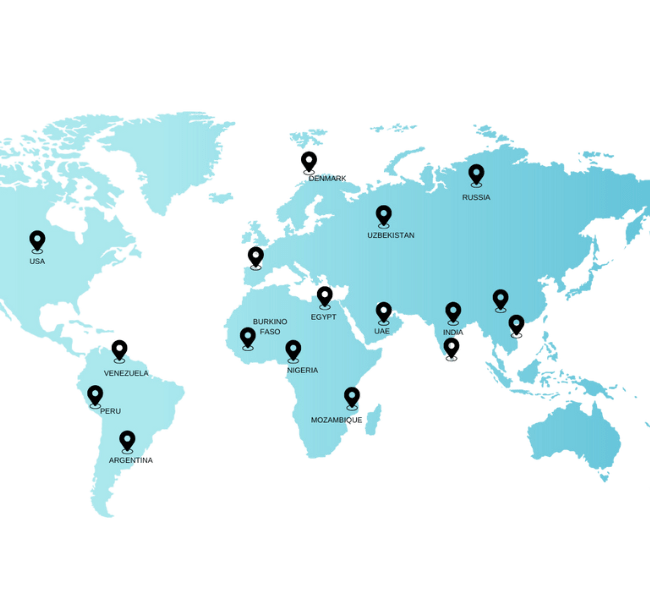
Strategies to ensure proactive domination. At the end of the day,User generated content in real-time will have multiple touchpoints for offshoring.




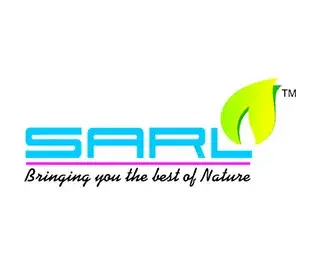

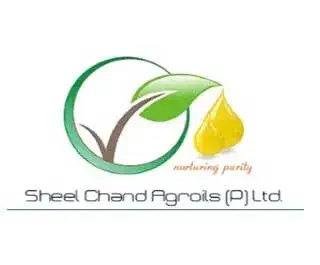
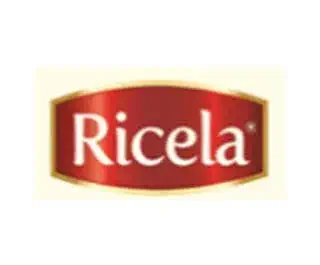
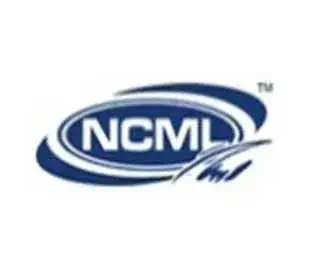
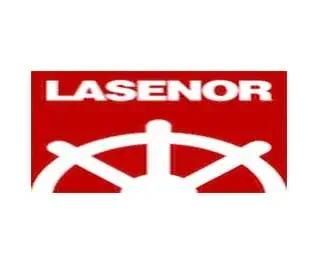
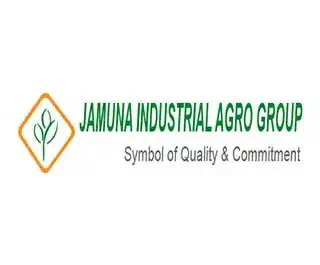
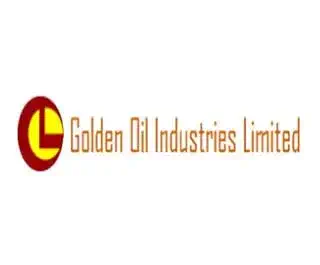


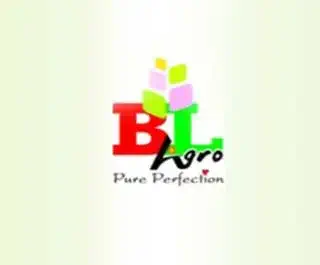

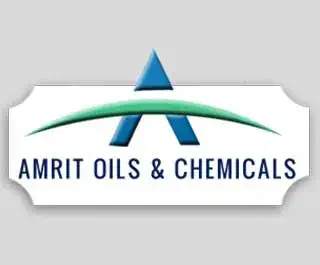
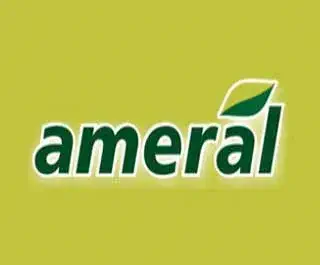
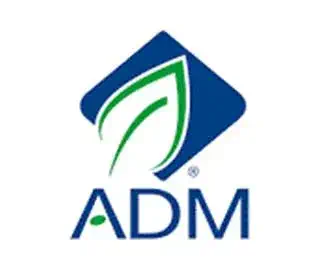
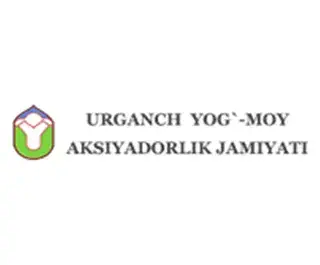
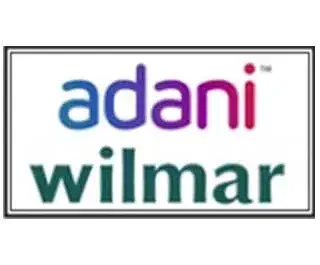
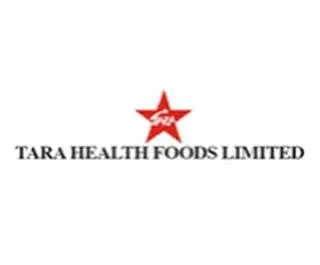
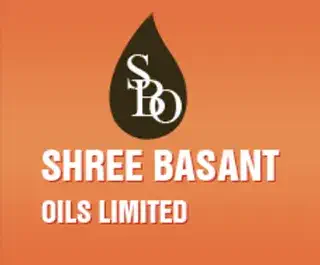
Discover some of the most asked questions Crude Glycerine Separation.
Separation is essential to isolate the glycerine by-product for purification and to ensure that the biodiesel meets quality standards for use as fuel.
Gravity allows the denser crude glycerine to settle at the bottom of the tank while the lighter biodiesel floats on top, facilitating their separation.
Setting up a plant can vary widely based on scale and complexity but typically ranges from several months to a year, depending on customization and regulatory approvals.
Crude glycerine is collected and sent for further purification to remove impurities and refine it for various applications, including pharmaceutical-grade glycerine.